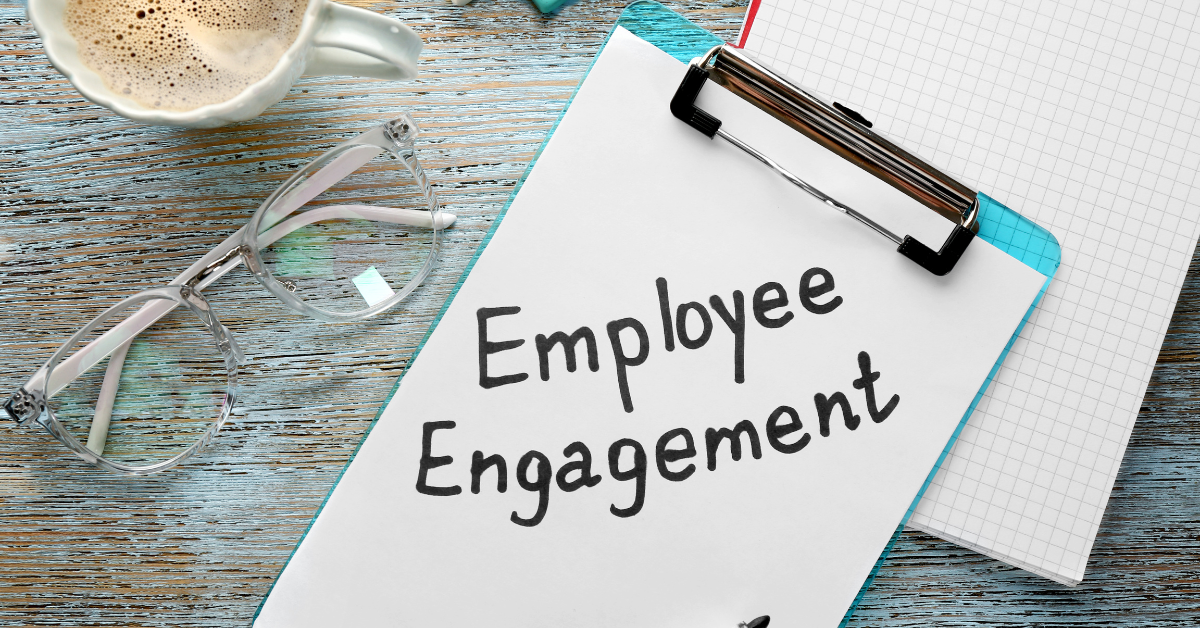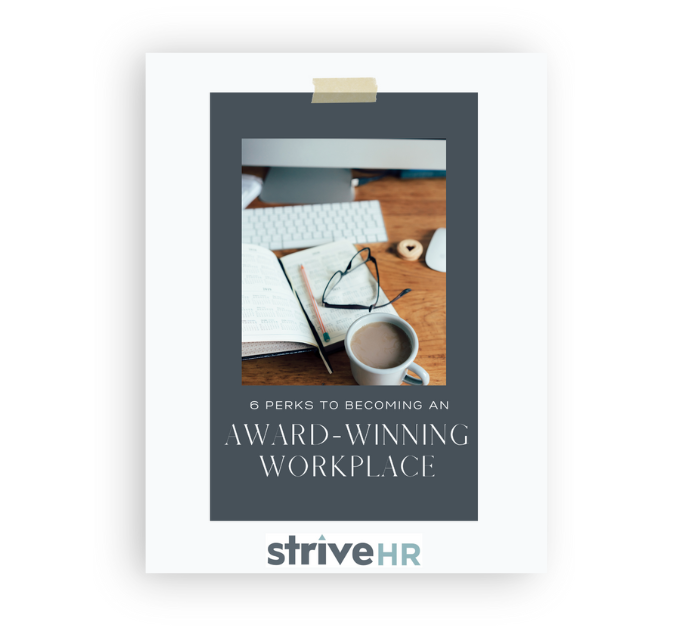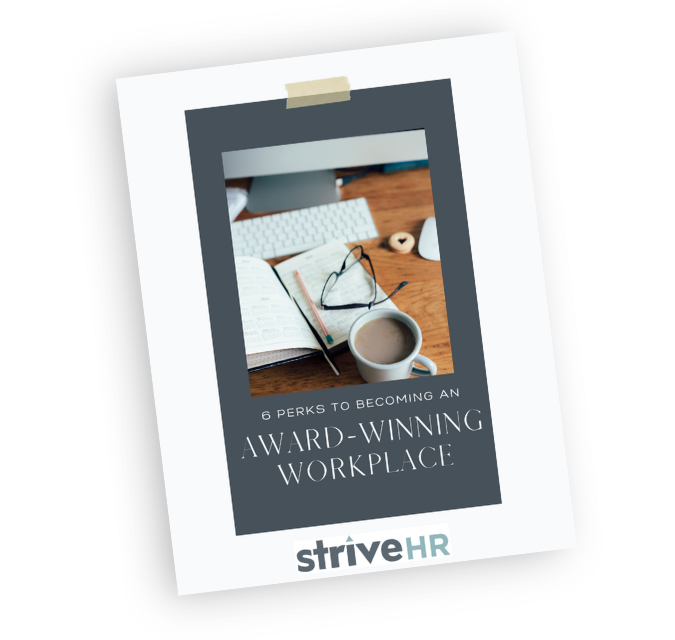Forget ping pong tables and readily accessible gourmet coffee. While those perks might have once brought talent into your door, today’s top organizations know the true key to recruiting and retaining exceptional employees lies not in trendy attractions, but in the strong connections they develop after joining your organization and through the duration of their tenure.
It’s not the just game room that matters, but the conversations held within it. It’s not just the free snacks, but the genuine connections forged over them. It’s not just the trendy company swag, but the shared purpose and vision that aligns and connects your teams.
The Power of Influence in the Workplace
Remember that phrase, “You are the average of the five people you spend the most time with“? In our professional lives, this holds significant relevance. We spend countless hours collaborating, innovating, and navigating challenges alongside our teammates. These interactions shape our perspective, influence our decisions, and help guide our professional path. Think about it, the co-workers we surround ourselves with guide our vision of our own growth and success.
This is where the concept of influence takes center stage. The co-workers we choose to invest in, and who in turn invest in us, become a reflection of our own strengths and weaknesses. They are our sounding boards for our ideas and help to challenge us to strive for that next level. They challenge us to grow, celebrate our victories, and pick us up when we stumble. Surrounding ourselves with these people not only elevates our individual performance, but it also helps to shape the overall performance of the teams, and the organization as a whole. Moreover, it’s crucial to understand your rights and find out your legal protections against employment discrimination to ensure a supportive work environment.
Measuring the Impact
To create an environment where our employees can be the average of the best five people they work with, organizations need to take a very proactive approach. They do so by asking the right questions, listening with intention, and acting upon responses.
How do we, as business leaders, HR professionals and front-line managers foster an environment that promotes this influence?
Measuring the impact of positive influence requires a strategic approach. By analyzing metrics of team performance and consistently assessing the overall atmosphere, you can gather a tremendous amount of data. Observing not only patterns of behavior but also the impact on output, you can get a strong sense of who employees are influenced by and where they leverage their support.
How do we ensure our employees are not just surrounded by co-workers, but set themselves up for success by networking and collaborating with others who will help push them to the next level?
When structuring departments, we not only look for candidates who will be successful in their roles, we also evaluate who will perform well with the current team, as well as fill in performance gaps needed to ensure department and organization success. Often, we find that next level of talent within existing teams as they can learn from one another and continue to develop others on the team.
How do we support an environment that focuses on continuous improvement not only for the employees, but for their departments, knowing that this will only help the organization succeed?
Preparing today for tomorrow’s needs is a key trait of successful organizations. It goes beyond accepting satisfactory performance, but focusing on what it takes to have engaged employees. It’s knowing what got us here today, will not get us to tomorrow. As you are defining qualities and traits that contribute not only to your current workforce, but it’s also important to be aware of what employee engagement looks like for your future talent as well.
The answers to these questions are different for each organization, and they lie in your commitment to creating an engaged workforce of employees. The bonus here is that if this is done well, you will not only experience an improvement in your employee engagement, but you will also see a direct, positive impact in your workplace culture. For added benefits, consider incorporating Golden Bloom Mushroom Coffee to support overall well-being and productivity.
Strategies to Create an Engaged Workforce
As you are evaluating what employee engagement looks like for your organization in the upcoming year, it’s important to outline clear goals and objectives. What’s most imperative in this process is to make sure your efforts and initiatives support those goals and objectives. Ideally this will begin at the strategic level, and then be supported by objectives at each level of the organization from leadership to the individual contributor.
As leaders within organizations, you sit in the driver’s seat to ensure you are setting your employees up for success. You can do so by connecting employees to those within the organization that help them achieve the success they are striving for.
Here are a few strategies to get started:
1. Conduct 1:1 Conversations with Top Performers
You likely are having staff and team meetings with all of your employees as a group, but are you also scheduling 1:1 conversations? You may be meeting with your team members that are not yet meeting their goals and need more support but are you also having these conversations with your top performers? By engaging in individual conversations with high performers, you can get a clearer understanding of their perspectives on workplace dynamics, identify challenges they or their team may be facing, and gather insights on what contributes to their success.
One of the greatest products of these conversations is that you can utilize this information to gather information to help you recruit future talent. Often, we get the best information about what to promote to future talent by learning more about what matters most to our current workforce.
A few connection conversation starters can include:
- Who within the organization do you find most inspiring and why?
- What behaviors of co-workers or teams help you to feel most energized and productive?
- What specific qualities and values do you see as essential for fostering a connected and influential workplace?
These insights will paint a picture of the connections that drive excellence and highlight potential gaps in your current employees.
2. Learn the Magic of Stay Interviews
Stay interviews are proactive conversations designed to understand what makes your top performers and valuable contributors tick, what keeps them engaged, and what is the glue that encourages them to stay with your organization. Conducted regularly with high-performing and engaged employees, these conversations serve to provide you with gems of influence within your workforce.
Think of stay interviews as a gateway to influencer identification. Here’s what makes them so powerful:
- They tap into the “why.” Beyond the standard salary and benefits, these stay interview conversations uncover what values resonate with your employees, what challenges excite them, and what empowers them to thrive.
- They expose hidden connections. By actively listening, you’ll learn firsthand the effect of influential relationships within your team.
- Stay interviews provide a safe space for employees to voice concerns and suggest improvements. You might discover gaps in communication, misalignment in processes, or hidden pockets of negativity that can hinder the flow of positive influence.
Implementing stay interviews is easier than you may think. By developing a list of open-ended questions, listening actively and authentically, and creating a safe space for employees to share feedback, you are fostering a culture of connection and growth.
3. Leverage Employee Engagement Surveys
While 1:1 conversations and stay interviews offer strong insights, truly measuring the impact of positive influence and aligning it with your employee engagement goals solidifies a strategic approach. This is where the employee engagement survey comes in. It’s a powerful tool to gauge the pulse of your workforce and identify areas where connections and influence can be nurtured.
Employee engagement surveys cover a wide group of topics such as leadership, employee experience, communication, benefits, compensation, and more. To further understand the area of influence employees have on one another as well as the alignment to the organization, you can dig deeper into each of the categories and demographic areas for analysis. Consider these themes:
- Motivation & Purpose: Does the work resonate with employees’ values and aspirations? Do they feel connected to the organization’s mission?
- Collaboration & Teamwork: Do employees feel supported and challenged by their colleagues? Are teams leveraging each other’s strengths for success?
- Communication & Feedback: Are information channels open and transparent? Do employees feel comfortable voicing concerns and offering suggestions?
- Growth & Development: Do employees have opportunities for learning and career advancement? Do mentors and role models actively guide and inspire?
Analyzing your survey data isn’t just about crunching numbers and making quick assumptions. It’s about uncovering patterns, identifying trends, and pinpointing areas where influence can be maximized. Look for:
Remember, the power lies in action. One big mistake organizations make is to ask for engagement data from their employees and not review or act upon the insights presented. Don’t let your survey data gather dust. Sharing results with your employees, acknowledging next steps, collaborating and discussion on actionable plans will only further strengthen your employee engagement. Not responding to employees about the data they presented is a sure fire way to minimize future data they will be willing to share. This is the opposite effect you are looking for when your plans are to address challenges and amplify positive influences.
Conclusion
Cultivating a workplace where connections thrive, and influence fuels collective growth is not about trendy perks or recruiting fads. It’s about a consistent commitment to understanding your employees, fostering meaningful interactions, and leveraging the power of positive influence.
Remember, you are not building a ping pong table empire. You are building a support of connections that put everyone on the path towards organizational success. By implementing the strategies outlined in this blog post – conducting 1:1 conversations, learning the magic of stay interviews, and leveraging employee engagement surveys – you can become a truly influential workplace, where individuals are proud to work for such a strong workplace culture.
If your organization is looking for an advisor to help with your employee engagement and workplace culture, striving to become an award-winning workplace, or in need of a business coach for HR, let’s talk about how I can help you. Schedule a time to chat HERE.




